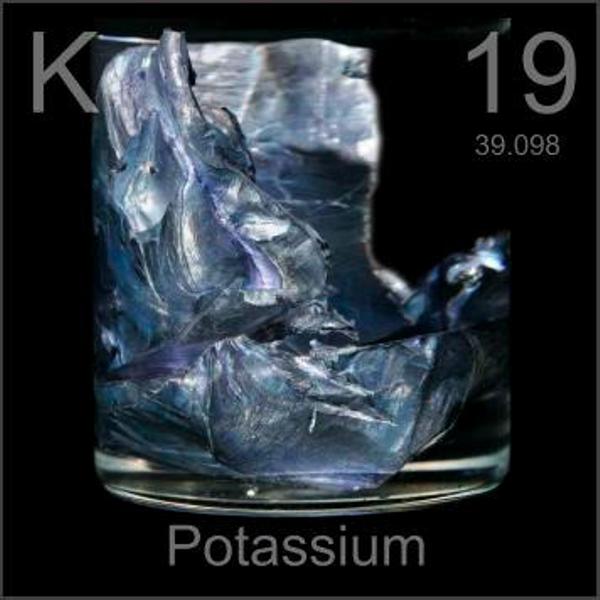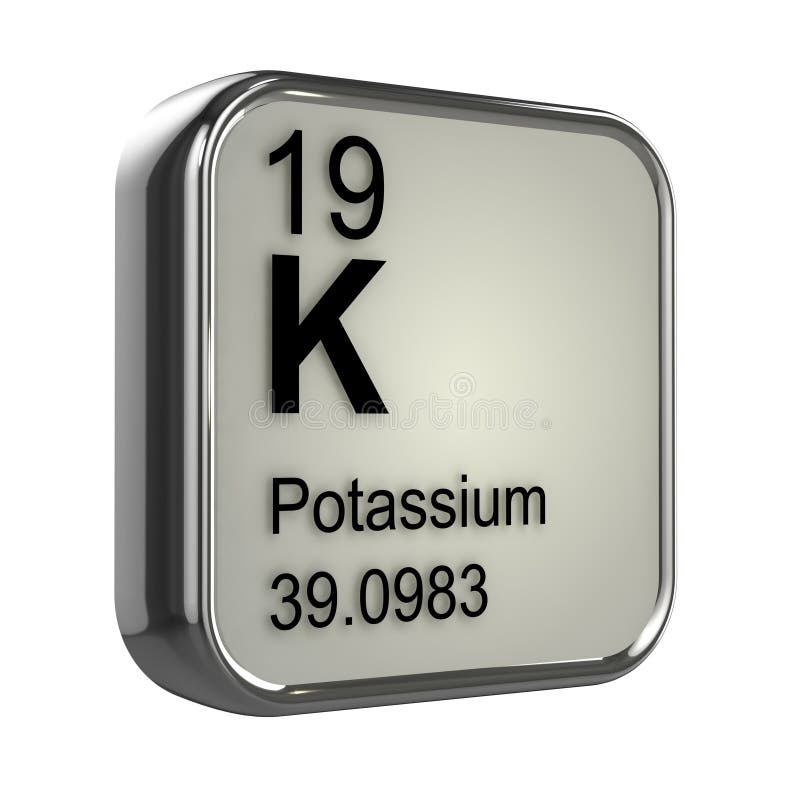


The resulting compound nucleus emits more neutrons on average than it absorbs, increasing the chance of successful fission. This can be done by exposing a heavy isotope, usually uranium-235 or plutonium-239, to fast neutrons via bombardment with deuterons accelerated in a particle accelerator or cyclotron. Another application is in the production of fissionable material for nuclear weapons.Isotopes that lead to higher cross-sections produce more products and therefore are more efficient. A typical example is the production of technetium-99 used in medical imaging, which is produced by neutron radiation of molybdenum-98 targets. Isotones can be found in various neutron applications.Some of the applications of isotones are: Isotones are used for different purposes in nuclear power plants and to form nuclear bombs. However, altering the number of protons changes the chemical nature of the nucleus. When scientists study numerous nucleic varieties, it is helpful to look at nuclei with the same number of neutrons. Krypton-86, Yttrium-89, Zirconium-90, Molybdenum-92 and Radium-88 are isotones of neutron fifty.Carbon-13 and Nitrogen-14 are isotones of seven.Beryllium-9 and Boron-10 are isotones of neutron five.Hydrogen-2 and Helium-3 are isotones of neutron one.Sulphur-36, Chlorine-37, Argon-38, Potassium-39 and Calcium-40 are all isotones of twenty because they have twenty neutrons.Boron-12 and carbon-13 are isotones as both have seven neutrons.The three of them have six neutrons, and the number of protons in carbon is six, in nitrogen is seven and in oxygen is eight. Some of the examples of isotones include: Isotones are atoms having a similar number of neutrons and different protons. They play an important role in the identification of atomic numbers. They form a crucial part of the nucleus and are represented by the symbol p or p +.

One or more protons are present in the nucleus of every atom or nuclei. The mass of a proton is equal to 1.67262 × 10 -27 kg. The positive charge of a proton is equal in magnitude to a unit of electron charge. Proton is a subatomic particle having a positive charge. Ernest Rutherford gave this name in 1920 to the hydrogen nucleus. Protons were discovered in 1886 by Eugen Goldstein. The number of neutrons in an atom or nuclei is represented by N. The discovery of neutrons led to a better understanding of atomic number (the number of protons and electrons) and atomic mass (the total number of neutrons and protons). He also noticed that the mass of a neutron is very close to the mass of a proton. From the conservation of momentum and energy, he derived the mass of neutrons.
In simple words, they are without charge. These particles lacked both positive and negative charges and were neutral in charge, so he named them neutrons. Neutrons were discovered in May 1932 by the English physicist James Chadwick, who asserted that neutrons were a new fundamental particle devoid of any charge. They should have different numbers of protons.Ītoms in isotones may have different atomic numbers and different atomic masses.The atom or nuclei should have the same number of neutrons.Therefore, we see two conditions for an atom or nuclei to be an isotone. In simple words, atoms with the same number of neutrons but different protons are termed isotones. Isotones can be defined as two or more nuclei of atoms consisting of the same number of neutrons. The meaning of isotones is much more clearly explained with the help of several examples in this article. It is an indispensable part of both physics and chemistry. It is a vital concept in nuclear physics. Neutrons have no charge that is, it is neutral. Every proton has a positive charge and every electron has a negative charge. Atoms are made up of protons, neutrons and electrons. All matter is made up of atoms in different arrangements.


 0 kommentar(er)
0 kommentar(er)
